The Role Of Mangroves In Protecting Coasts From Hurricanes
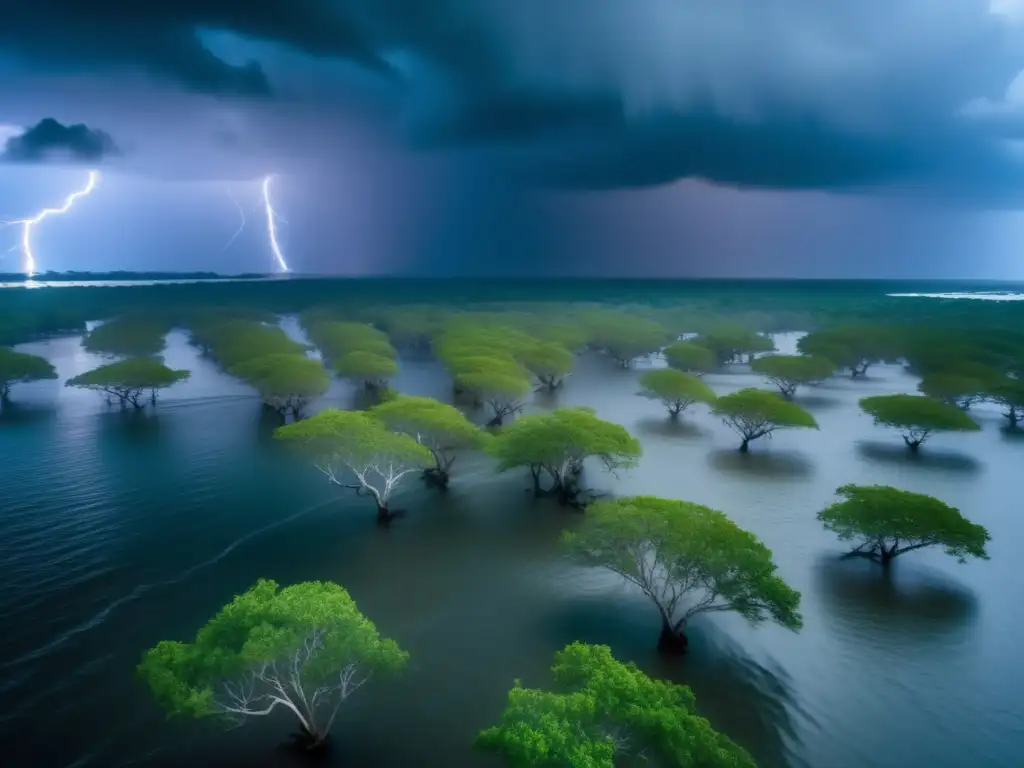
The Role of Mangroves in Protecting Coasts from Hurricanes
Introduction
Hurricanes are severe weather phenomena that can cause extensive damage to coastlines. Apart from the high winds and heavy rainfall, hurricanes also bring storm surges, which are elevated water levels that can inundate shorelines and cause flooding. With their destructive capacity, it is essential to explore various ways in which coastlines can be protected from hurricanes. One such method is through the use of mangroves. Mangroves are trees or shrubs that grow in tropical coastal regions, and they have been found to be effective in mitigating the impact of hurricanes on coastlines. This article examines the role of mangroves in protecting coasts from hurricanes.
Mangrove Forests as a Barrier
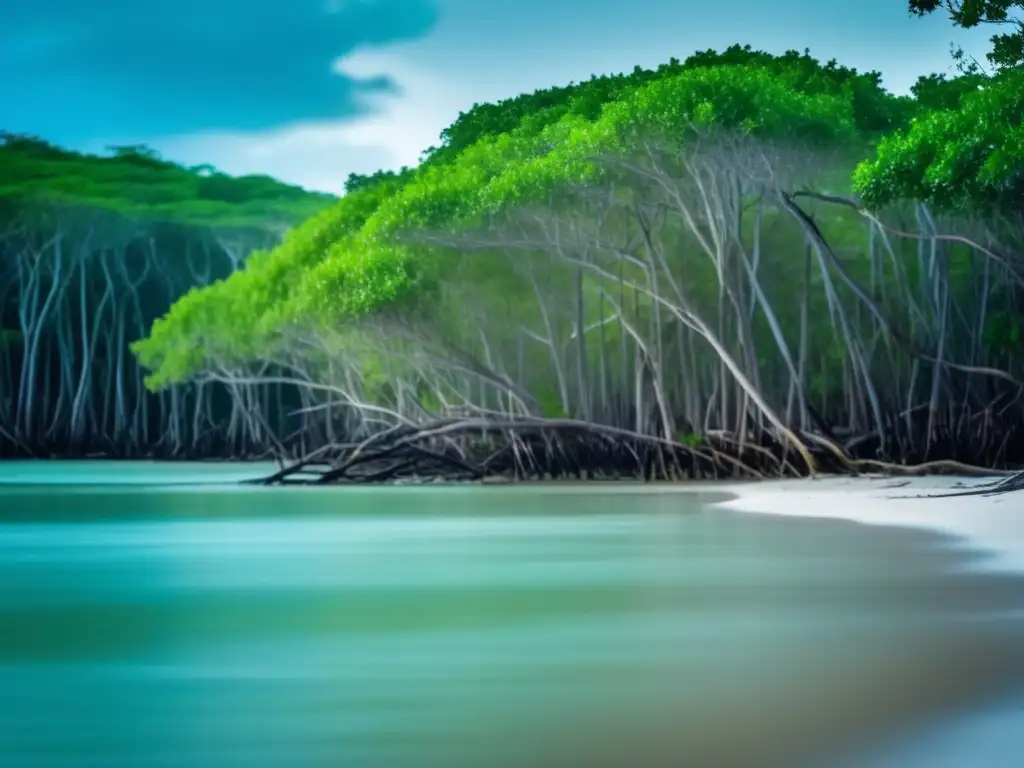
How Do Mangroves Provide Protection Against Hurricanes?
Mangrove forests provide natural barriers against the impact of hurricanes. They do this by reducing the intensity of wind and waves as they approach the shoreline. The dense roots of the mangrove trees absorb much of the energy from incoming waves, causing them to lose their force before they reach the shore. As a result, mangroves reduce the height and strength of storm surges, limiting the extent of flooding in coastal areas.
Where Have Mangroves Been Effective?
Several countries around the world have experienced the protective benefits of mangroves during hurricanes. For example, during Hurricane Mitch in 1998, a powerful Category 5 hurricane that struck Central America, mangrove forests in Honduras were found to have reduced the impact of the storm surge significantly. In Thailand, where mangrove forests were replanted after the 2004 Indian Ocean tsunami, the trees were credited with helping to limit the impact of subsequent storms in the region.
How Do Mangrove Forests Compare to Other Barriers?
While there are several types of barriers that can protect coastlines, mangrove forests are effective because they are cost-effective and sustainable. Unlike artificial barriers like seawalls or concrete levees, mangroves require minimal maintenance once established. Additionally, mangroves help to improve water quality and provide habitat for a wide range of marine life.
Mangroves and Coastal Erosion
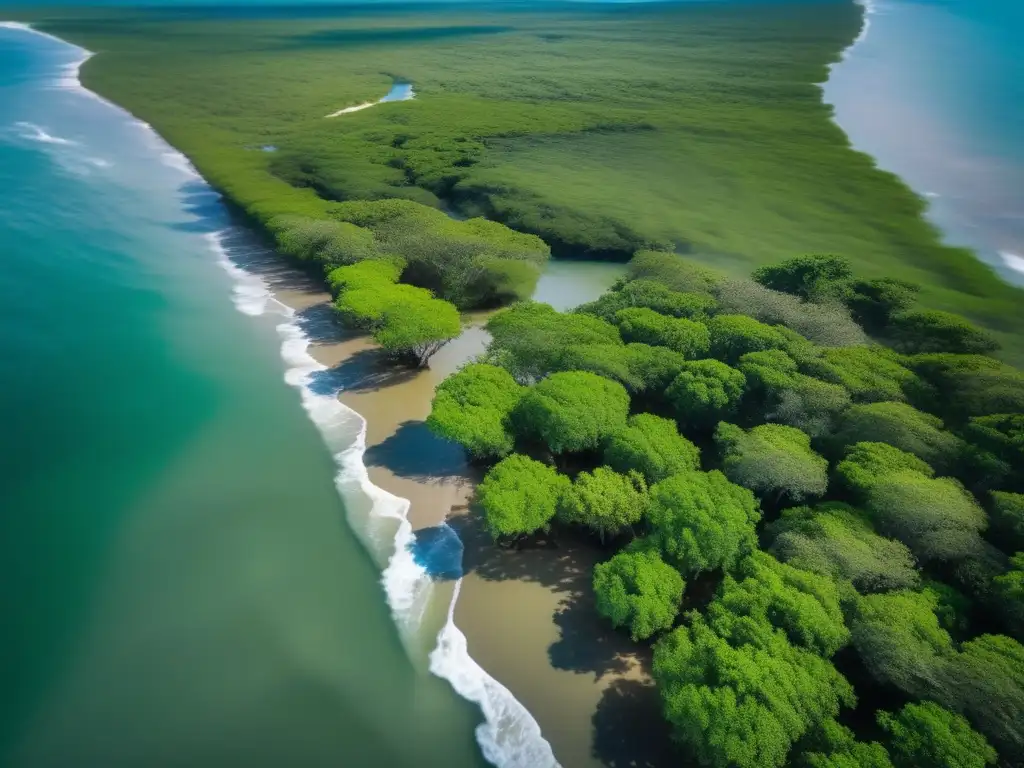
How Do Mangroves Prevent Erosion?
Mangroves are also effective at preventing coastal erosion, which can cause significant damage to shorelines during hurricanes. The roots of the mangrove trees stabilize sediment and soil, keeping the coastline intact. This means that in addition to reducing the impact of storm surges, healthy mangrove forests can also prevent the loss of land due to erosion.
Where Have Mangroves Been Used Successfully Against Erosion?
In many parts of the world, mangroves have been used successfully to prevent erosion. For example, in southern Florida, mangroves have been planted along the shoreline to prevent the loss of land due to rising sea levels. In the Pacific Islands, mangrove restoration projects have been implemented to prevent coastal erosion and protect communities from the impacts of climate change.
How Do Mangroves Compare to Other Methods of Erosion Protection?
Mangroves are highly effective at preventing coastal erosion, and they are often more cost-effective than other methods of erosion protection, such as seawalls or beach nourishment. Additionally, mangroves provide additional benefits, such as improved water quality and increased biodiversity, making them a sustainable option for protecting coastlines.
The Importance of Mangroves in Hurricane Preparedness

How Can We Encourage Mangrove Growth?
To ensure that mangroves are available to provide protection during hurricanes, it is essential to support their growth and restoration. This can be done by implementing policies that protect mangrove forests and by actively working to restore degraded or destroyed mangrove habitats. Additionally, supporting the local communities that depend on mangroves for their livelihoods can help to ensure that these important ecosystems continue to thrive.
What Other Benefits Do Mangroves Provide?
In addition to their protective benefits, mangroves provide a wide range of other benefits to coastal communities. Mangroves improve water quality by filtering pollutants and excess nutrients from runoff. They also provide habitat for a variety of marine species, supporting fishing and ecotourism industries. Mangroves can also serve as carbon sinks, helping to mitigate the effects of climate change.
What Are the Future Challenges for Mangroves?
Despite the many benefits of mangroves, these ecosystems face several challenges, including deforestation, pollution, and climate change. Rising sea levels and more severe weather events may threaten the future viability of mangrove forests. To ensure that these ecosystems continue to provide protection and other benefits, it is essential to take action to address these challenges.
Frequently Asked Questions
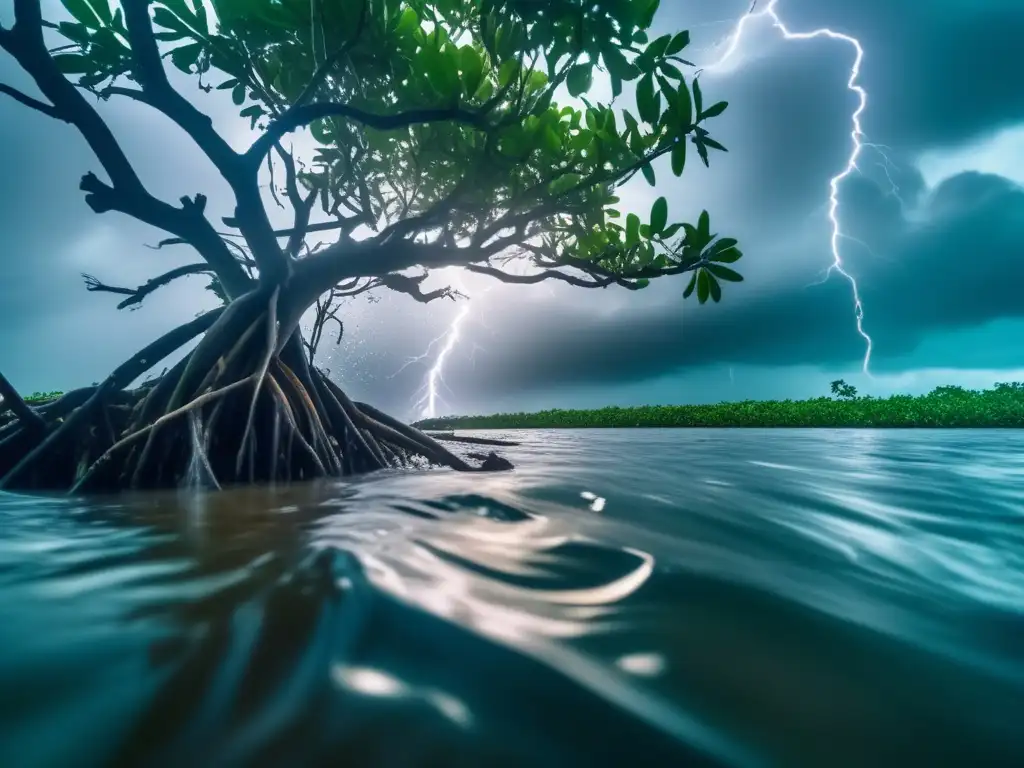
-
Do Mangroves Only Grow in Tropical Regions?
Yes, mangroves typically only grow in tropical and subtropical regions.
-
Can Mangroves Be Planted Along Any Coastline?
Mangroves are most effective along shorelines with shallow water and soft sediments. However, they may not be suitable for all coastlines.
-
How Can I Help Support Mangrove Restoration?
There are several organizations that work to support mangrove restoration projects, such as the Mangrove Action Project and the Blue Carbon Initiative. You can also support local conservation efforts in your community.
-
Can I Visit Mangrove Forests?
Yes, many mangrove forests are open to visitors. However, it is important to follow local regulations and seek guidance from local guides to ensure that you do not damage these delicate ecosystems.
-
Are Mangroves Only Useful During Hurricanes?
No, mangroves provide a wide range of benefits to coastal communities and ecosystems, including improved water quality, habitat for marine species, and carbon sequestration.
Conclusion
The role of mangroves in protecting coasts from hurricanes is significant. These natural barriers help to reduce the impact of storm surges and prevent coastal erosion. Additionally, mangroves provide a wide range of other benefits to coastal communities and ecosystems, making them a sustainable option for hurricane preparedness. To ensure that mangrove forests continue to provide these critical benefits, we must take action to protect and restore these valuable ecosystems.
Additional Resources

- Mangrove Action Project
- The Blue Carbon Initiative
- US Environmental Protection Agency - Mangrove Wetlands
- National Geographic - Why Mangroves Are Amazing at Sequestering Carbon
 Climate Change And Its Impact On Hurricanes
Climate Change And Its Impact On Hurricanes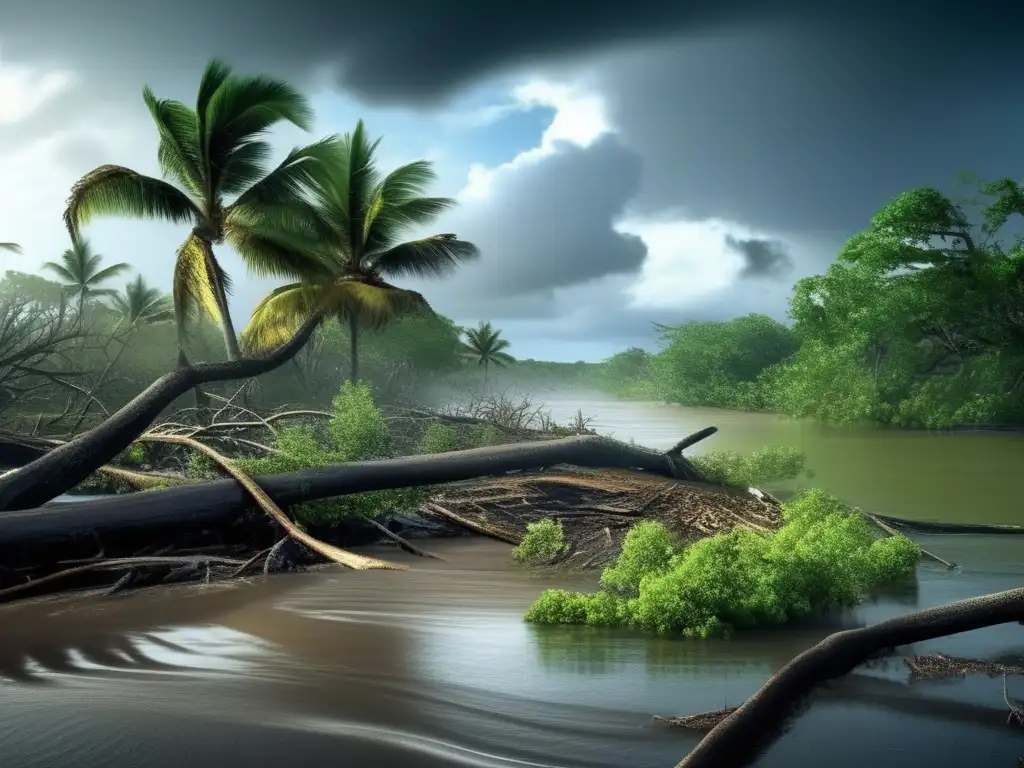 The Effects Of Hurricanes On Coastal Ecosystems
The Effects Of Hurricanes On Coastal Ecosystems The Anatomy Of A Hurricane: Understanding The Basics
The Anatomy Of A Hurricane: Understanding The BasicsIf you want to discover more articles similar to The Role Of Mangroves In Protecting Coasts From Hurricanes, you can visit the Basic knowledge about hurricanes: category.
Leave a Reply

Articulos relacionados: